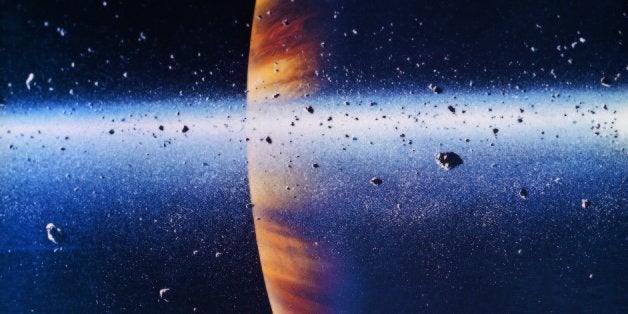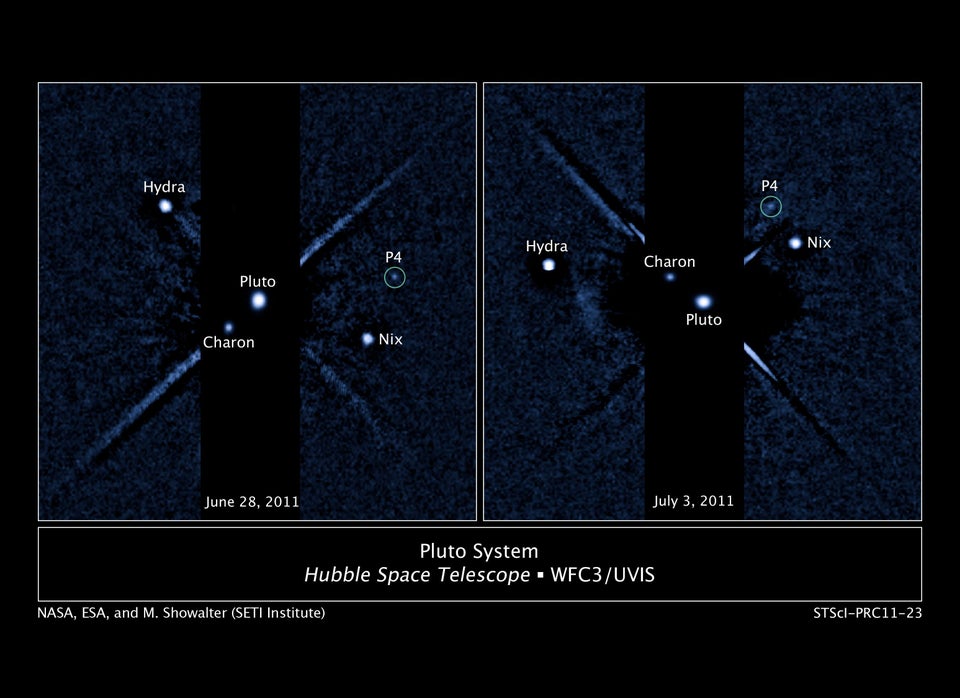
Forget cats and dogs. On Jupiter and Saturn, it may rain diamonds.
Two planetary scientists suggested the shiny idea this week at the annual meeting of the American Astronomical Society's Division for Planetary Sciences.
"We don't want to give people the impression that we have a Titanic-sized diamondberg floating around," said researcher Mona Delitsky, of California Specialty Engineering, according to USA Today. "We're thinking they're more like something you can hold in your hand."
As the researchers explain in a study, high pressure within the massive planets' atmospheres could potentially turn carbon into diamond. Carbon soot particles, freed from methane particles in the two planets' upper atmosphere, would fall through heavy layers of hydrogen and helium toward the cores.
On the way down, this carbon soot would be greatly condensed by high pressure and temperatures, thus leading to the formation of diamonds. By the time the diamonds neared the cores of each gas giant, they would likely have melted under such extreme heat and morphed into a liquid state: diamond rain.
It seems this theory hinges not only on the methane in each planet's atmosphere, but on the high temperature required for diamonds to form -- at least 3,632 degrees Fahrenheit.
Scientists have long postulated that diamond rain -- or even liquid diamond seas -- may be present on Neptune and Uranus. But, they were hesitant to say the same for Jupiter and Saturn, since, comparatively, the gas planets have a smaller proportion of methane and lower temperatures.
Planetary scientist William Hubbard, of the University of Arizona, told National Geographic there may not be enough of carbon soot for diamonds to form in Saturn's atmosphere. Instead, Hubbard offers, the carbon may merely combine with the hydrogen to form a solution.
